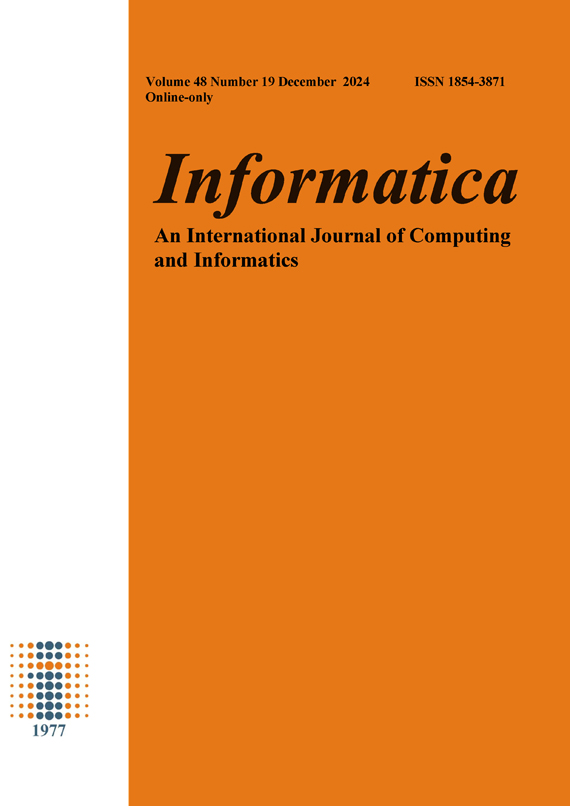Personalized Recommendation Algorithm Based on Data Mining and Multi-objective Immune Optimization
DOI:
https://doi.org/10.31449/inf.v48i19.6546Abstract
In order to improve the accuracy of recommendation systems and user satisfaction, a parallel hybrid recommendation model combining data mining techniques and multi-objective immune optimization is proposed. A periodic intelligent recommendation algorithm framework combining data mining techniques and neural networks is proposed. This framework analyzes user historical behavior through collaborative recommendation and optimizes recommendation efficiency and speed using Top-N algorithm and grey balance algorithm. Meanwhile, combined with multi-objective immune optimization, this research method achieves a balance between improving recommendation accuracy and diversity, uncovering user preferences to provide diverse and novel recommendation lists. Combining data mining with multi-objective optimization, a hybrid recommendation system is constructed by prioritizing cascading and then parallelizing. The experiment showed that the proposed recommendation algorithm had a similarity accuracy of nearly 91%, which was at least 6.9% higher in accuracy than the two benchmark recommendation algorithms. The algorithm required fewer iteration cycles to achieve stable performance. In the testing of three different datasets, MovieLens, Donation Dashboard, NetfAix, the average accuracy of the personalized recommendation algorithm was about 95.2%, and the root mean square error remained below 0.04. Its performance was significantly better than other similar recommendation algorithms. The research method significantly improves the hit rate and normalized discounted cumulative gain value of recommendation results, providing users with more personalized resources that meet their needs.Downloads
Published
Issue
Section
License
I assign to Informatica, An International Journal of Computing and Informatics ("Journal") the copyright in the manuscript identified above and any additional material (figures, tables, illustrations, software or other information intended for publication) submitted as part of or as a supplement to the manuscript ("Paper") in all forms and media throughout the world, in all languages, for the full term of copyright, effective when and if the article is accepted for publication. This transfer includes the right to reproduce and/or to distribute the Paper to other journals or digital libraries in electronic and online forms and systems.
I understand that I retain the rights to use the pre-prints, off-prints, accepted manuscript and published journal Paper for personal use, scholarly purposes and internal institutional use.
In certain cases, I can ask for retaining the publishing rights of the Paper. The Journal can permit or deny the request for publishing rights, to which I fully agree.
I declare that the submitted Paper is original, has been written by the stated authors and has not been published elsewhere nor is currently being considered for publication by any other journal and will not be submitted for such review while under review by this Journal. The Paper contains no material that violates proprietary rights of any other person or entity. I have obtained written permission from copyright owners for any excerpts from copyrighted works that are included and have credited the sources in my article. I have informed the co-author(s) of the terms of this publishing agreement.
Copyright © Slovenian Society Informatika








